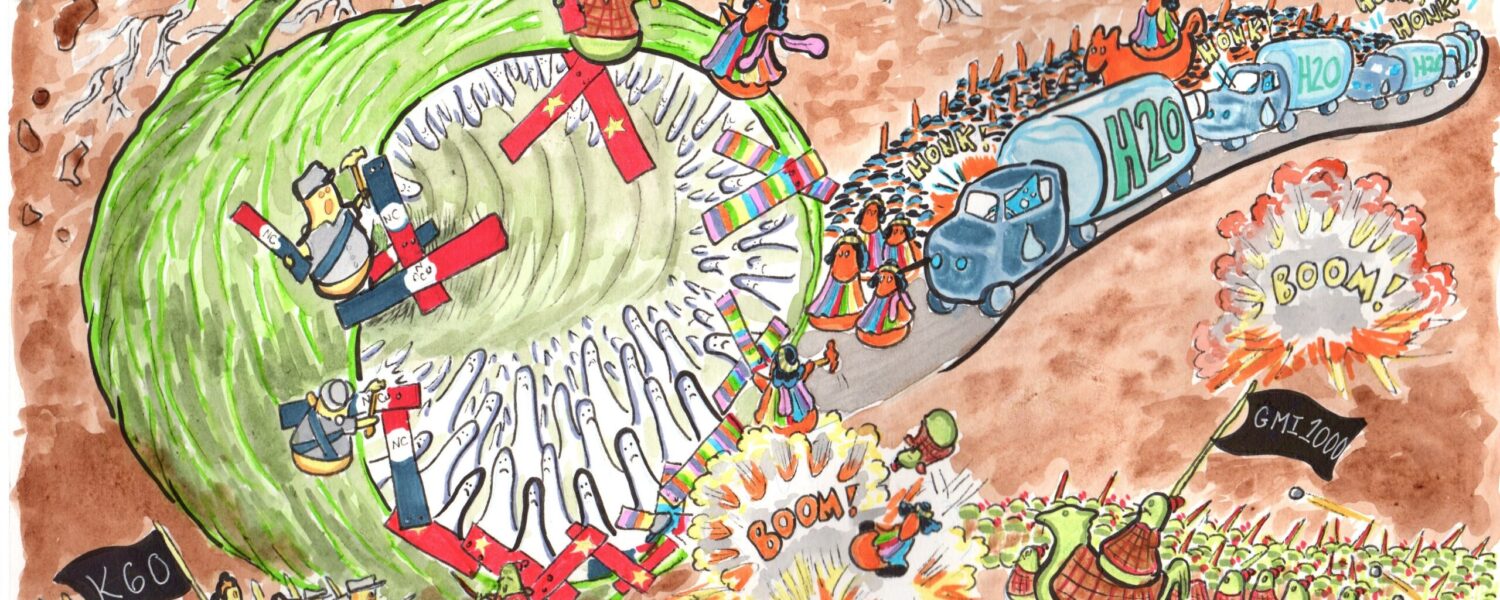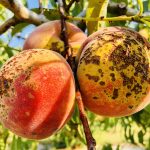Bacteria-Bacteriophage Dynamics: Despite phage importance in shaping microbial assemblages, their potential as a management tool, and their influence on bacterial pathogenicity and virulence, they have been overlooked in agriculture microbiomes, evidenced by the limited genomic resources available to explore and characterize:
1) phages and their diversity;
2) molecular mechanisms underlying phage-bacteria interactions; and
3) impact on phytopathogen bacterial populations at the community level and disease outcomes.
To bridge this knowledge gap, the NCSU Phytobacteriology examines the biogeographic structure of phages and bacterial pathogens across managed and natural plant-associated ecosystems

